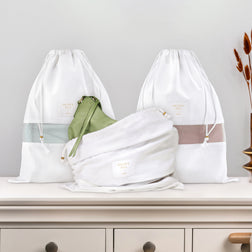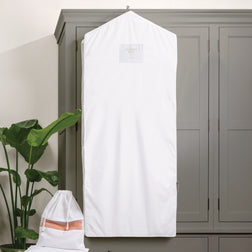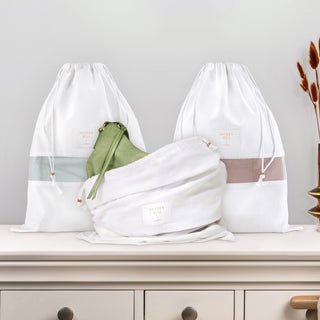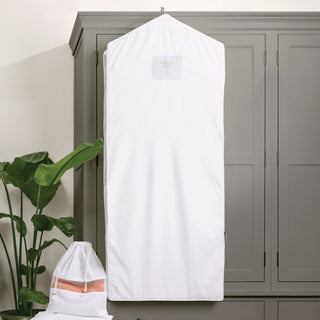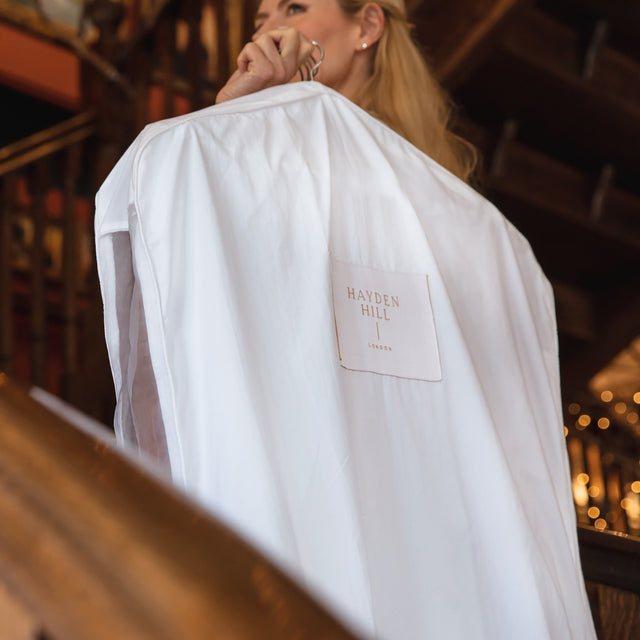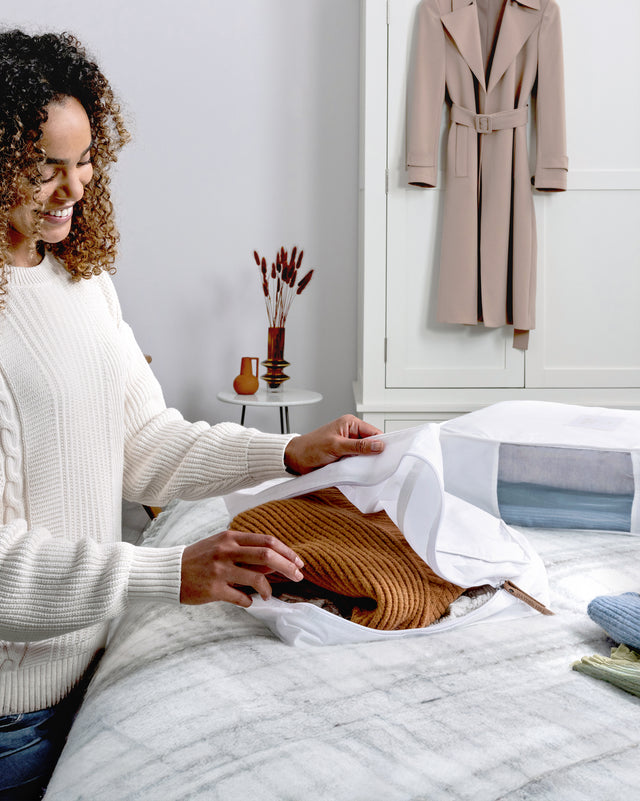Despite its interesting origins, silk is one of the most classic and timeless natural textiles. Do you know exactly where does silk come from? Read this article to find out more about the origins of silk.
When you touch a silk scarf in your favorite boutique, it’s hard to imagine that such beauty was created from the cocoons of a caterpillar.
Despite its interesting origins, silk is one of the most classic and timeless natural textiles.
A Brief History of Silk
Known formally as sericulture, silk production has taken many forms throughout the history of trade and into today’s modern textile industry. We know silk was produced at least 8,000 years ago, because it was found in tombs located in Jiahu, a city in the Henan Province of China.
Although it’s hard to know the exact history of silk, legend credits a Chinese empress for its development as a popular textile. Due to its specialty status, the fabric was made for and worn by Chinese royalty and those of their choosing. For many years, China kept their knowledge of silk a secret in order to maintain their corner on the market.
Eventually, China’s silk-making secrets were revealed, and different species of caterpillars, insects, and arachnids are now cultivated for their silk-spinning abilities all over the world.

What Makes Silk So Special?
The fact that silk comes from a caterpillar’s cocoon is interesting, but that alone does not make it popular.
Silk is perfect for wearing all season long. It is a good insulator, so you’ll stay warm in the cold. And, its absorbency also means it's comfortable to wear in warmer weather, too.
But it may be the tedious production process that most justifies silk’s price tag.
How Silk Goes from Cocoon to Clothing
Not Just Silkworms
People assume that most commercial silk comes from the mulberry silkworm, the species commonly credited with modern day silk production. But, other insects and spiders can produce similar filaments that are also used to make silk. Some especially rare forms of silk are made of filaments extracted from clams!
Wild vs. Domestic Silk
The silk industry grapples with the ethics of production frequently, and many producers focus on wild harvesting rather than using a controlled, domesticated environment. This is seen as a more humane and environmentally friendly way of producing and purchasing silk, although other critics of silk cultivation assert that any commercial use of these filaments is unethical.
Filament to Textile
Most methods of harvesting silk result in the death of the creature producing silk filament, so that the filament can be extracted, cleaned, and spooled. Responding to calls for more ethical treatment during the cultivation of silk, many producers now attempt to minimize the amount of stress present in the process.
Modern Uses
Beyond the closet, silk’s unique properties have made it a viable product for many clinical and industrial uses. As a protein-based fiber, it can be treated and prepared for use as a surgical suture material. It’s also used to make parachutes and home furnishings.

Are All Silks the Same?
As with anything, where a product is made can often impact its quality. Though China still manufactures a large amount of silk, conditions in Brazil and India have also proven ideal for silk production.
Although silk has concentrated areas of manufacture, it's produced in over 60 countries and to varying degrees of quality. You might think smaller manufacturers of silk might produce a higher quality product, but some independent producers can suffer from a lack of consistency and cost control. This means you’ll find yourself paying more and not always getting a product that is worth the money.
And, because silk comes from a filament that can be extracted from several different creatures, the value varies widely. After all, for as common as the mulberry silkworm’s cultivation is, it isn’t always the cheapest type of silk on the market.
However, chances are that the more rare the silk’s source, the harder it is to extract, and the more costly the item will be.
Take the example of the clam. Sea silk has almost entirely disappeared from modern-day production. Most existing pieces are antiques held in a museum, or newly woven as art rather than clothing.
Buying Silk: Best Practice
Due to silk’s popularity, it’s no surprise that there are many imitations on the market. But, if you know what to look for, it’s relatively easy to spot the real thing.
Label
A silk item’s label may not be completely true. There are industry regulations about what can be called silk, but even 100% silk may be blended with another fiber - the amount is just so small that it goes undetected, or it’s accepted as low enough not to count.
Look
Silk has a singular sort of shimmer to its sheen. This comes from the organic, geometric shape of the silk filament and the change it undergoes when it's spooled into yarn, then woven into a textile. It catches the light in a way that synthetic fibers are too uniform to mimic.

Feel
Of the many features that make silk stand out from other types of fabrics, one characteristic is the way it feels to the touch. As shiny as silk usually is, it isn’t slippery. Most silk is woven in such a way that it becomes a type of satin, but the shape of silk’s natural fibers enhances how the weave drapes.
Squeeze
Real silk fibers will feel and sound as if they crunch a little when rubbed together. Don’t worry; this action is not damaging to the fabric as long as you don’t get too vigorous. Synthetic blends will lack this quality and feel stiff instead of crisp. This means fake silk will wrinkle up when you squeeze it, whereas real silk springs back into shape as soon as you let it go.
Compare
How the silk is dyed has a large impact on its quality. If, for example, you’re looking at two different silk blouses and one tag says weight silk and the other says pure-dye, you should choose the pure-dye. Weighted silk has been washed with metallic substances as part of the dyeing process, so the life of the fabric suffers. The process of producing pure-dye silk doesn’t damage the silk filament, so it lasts longer.
Burn
Yes, you read that correctly. A good way to test if silk is real is to burn it. Burn a small piece of fabric trimmed from an inner, unseen part of the garment. If the burnt edges shrivel up fast and feel like hard plastic, there’s either no silk or not enough to matter. Burnt silk smolders more slowly and leaves an ash that turns into powder. Clearly, you should only do this with an item you’ve purchased already - but keep your receipt, because if you do test it and find it’s synthetic when it was sold as pure silk, you’re due a refund!
Ethical concerns also play into decision making when it comes to buying and wearing silk clothing. Find suppliers who use production methods that align with your principles.
Cleaning Silk: A Gentle Wash and Dry
Many silk garment care labels may state that the items are machine washable, but it may be better to hand wash any pieces that are heavily dyed or have intricate embroidery or other hand-sewn details. It goes without saying that antique or heirloom pieces should be treated with even more care, as silk is vulnerable when wet.
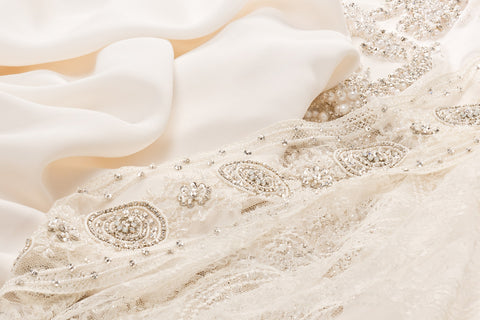
Even though silk is one of the world’s strongest fibers, it loses up to 20% of its strength when it's wet. This is true to one degree or another for most natural fibers. Their porous nature means they become saturated easily, thus weakening their structure and the bonds that hold the strands of yarn together.
If you’re experienced with hand washing natural fiber garments already, you know most need lukewarm water and a mild detergent. That’s true for silk, too, as is the recommendation to not use products containing bleach. It’s common for silk to release dye during the wash, but this will not dull the color of the dried garment.
Like wool, you’ll also want to avoid drying with direct heat. Unlike wool, you can hang silk items up to dry. In most cases, silk is lightweight enough that it doesn’t stretch itself out. You should still be careful to make sure nothing else is stretching it out of shape as it dries. Avoid ironing silk, but most steam wands are safe for removing wrinkles.
Storing Silk: Protect And Prevent
Whether you’re storing an item short term or long term, careful attention is required to keep your silk in excellent condition.
It is best to store silk clothing in cool, dry, and dark conditions.
As a natural fiber, it needs to breathe, so storing silk in tightly sealed plastic can often be harmful. It’s better to store silk between layers of cotton fabric, folded in breathable cotton bags or hung in zippered garment bags.
Also check stored garments periodically, in case dormant substances show up as stains or your storage area is compromised by moths.
Once infested, clothes moths can be incredibly tricky to exterminate. That’s why it’s important to be proactive and take the necessary precautions to prevent moths. Using zippered storage bags that are made of breathable cotton will protect your clothing from these creatures.
We recommend storing your silk garments in Hayden Hill garment bags to preserve the beauty of your clothing. Our bags are made of organic, soft cotton with a sheer, organza side panel so you can see your pieces while keeping them protected from light, dust, and moths. Hayden Hill delivers sustainable and beautiful garment care to protect what you love.
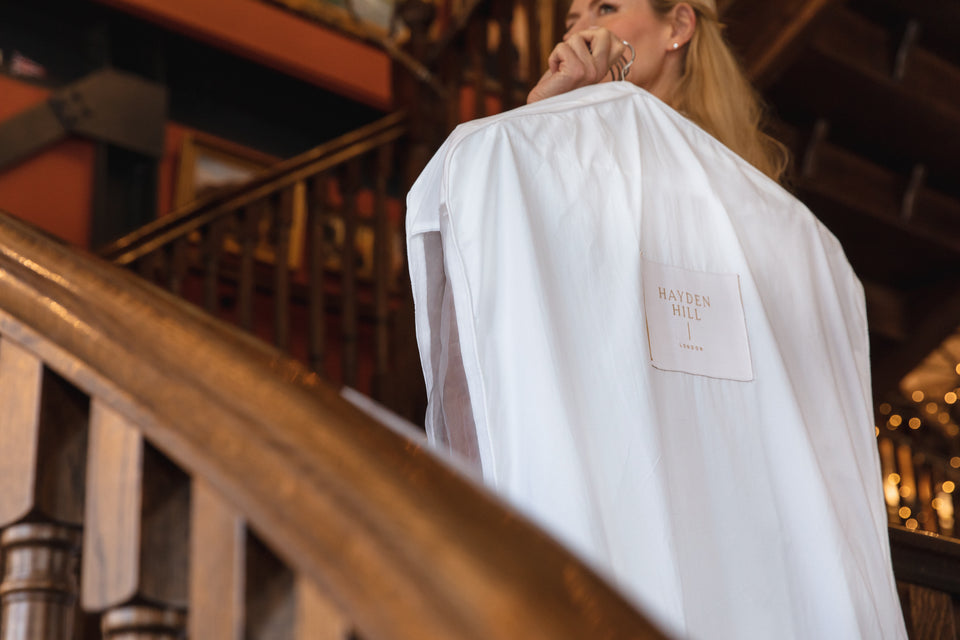
With the combination of functionality and luxury, it’s obvious why silk is high in demand. If you use this information to buy silk from trusted merchants and manufacturers and care for those pieces well, you’ll be rewarded with wardrobe staples that last a lifetime.
